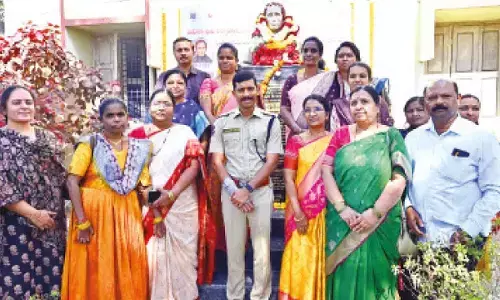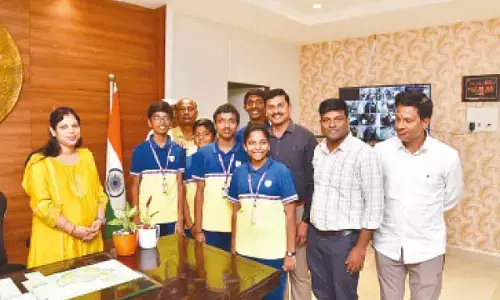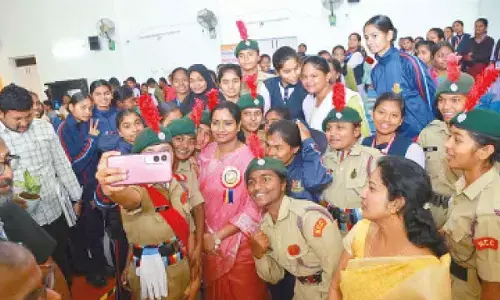Guarding Children’s Respiratory Health During Monsoon Season: Awareness, Management, and Prevention

Monsoon season offers a welcome reprieve from scorching heat and a joyful time for children.
Monsoon season offers a welcome reprieve from scorching heat and a joyful time for children. However, the rains also usher in a host of challenging diseases, particularly for the young ones. The prevalence of children’s respiratory illnesses spikes during this period, necessitating parental and caregiver awareness, preparedness, and prompt action. We spoke to Dr Krishna Swaroop Reddy K Senior Consultant Neonatologist and Paediatrician, Apollo Cradle & Children’s Hospital, Hyderabad he spoke about the symptoms and treatment.
Recognising Monsoon-Linked Respiratory Ailments:
Children’s susceptibility to respiratory diseases is heightened due to their underdeveloped immune systems and delicate airways. The monsoon’s elevated humidity and moisture levels create an ideal breeding environment for pathogens such as viruses, bacteria, and fungi. Consequently, respiratory infections like the common cold, flu, bronchitis, and even asthma experience an upsurge. Parents must remain vigilant for certain symptoms in children, including persistent cough, wheezing, rapid breathing, nasal congestion, fever, and breathing difficulties. If these signs persist or worsen, immediate medical attention is imperative.
Addressing Monsoon-Induced Respiratory Ailments:
Effectively managing monsoon-related respiratory issues in children involves a multifaceted approach encompassing medical intervention and lifestyle adaptations.
Hydration and Nutrition: Maintaining proper hydration and providing a well-balanced diet assume pivotal roles in bolstering the immune response. Encouraging children to consume ample fluids and nutrient-rich foods replete with vitamins and minerals proves crucial for aiding their recovery.
Adequate Rest: Allowing children adequate rest aligns their energies with the healing process. Parents play a pivotal role in ensuring adequate sleep and creating a comfortable recuperative environment.
Consultation: Collaborating with paediatricians is paramount for accurate diagnosis and appropriate treatment. Based on illness severity, medical professionals may prescribe fever-reducing medications, broncho dilators, or other supportive measures. For children with pre-existing conditions such as asthma, ensuring an updated management plan remains vital.
Preventing Monsoon-Related Respiratory Issues:
Fostering Hygienic Practices: Instilling in children the significance of regular handwashing, particularly before meals and upon returning indoors, is paramount. Educating them on proper handwashing techniques involving soap and water for at least 20 seconds proves indispensable.
Avoiding Crowded Environments: Crowded areas during monsoons can serve as breeding grounds for infections. Minimising exposure to such settings can mitigate disease risks.
Appropriate Attire: Adapting children’s clothing to changing weather conditions is imperative. Dressing them in layered, weather-appropriate garments ensures comfort and protection.
Indoor Air Quality: Maintaining clean, well-ventilated indoor spaces while averting moisture and mildew-prone zones is crucial for respiratory health.
Immunizations: Keeping children’s vaccinations up to date remains a cornerstone of disease prevention especially Influenza vaccine (flu) every year. Vaccines safeguard against preventable illnesses and mitigate infection-related complications.
Diet and Nutrition: Enriching children’s diets with vitamin C-rich fruits, vegetables, and whole grains fortifies their immune systems. Encouraging consistent physical activity contributes to overall health and enhances immunity.
In Conclusion:
In summation, the monsoon season poses respiratory health challenges for children. Nevertheless, armed with accurate information and precautions including Vaccination, parents can effectively navigate and diminish associated risks. Prompt symptom recognition, medical intervention, the promotion of hygienic practices, and a focus on wholesome living collectively foster a safer and more enjoyable monsoon experience for children.

















